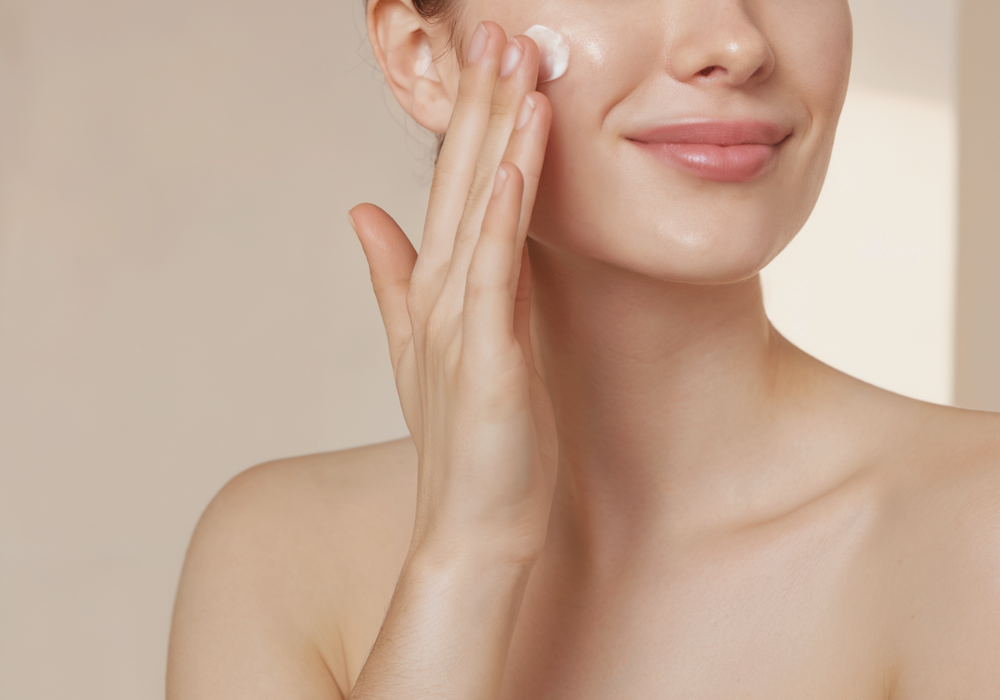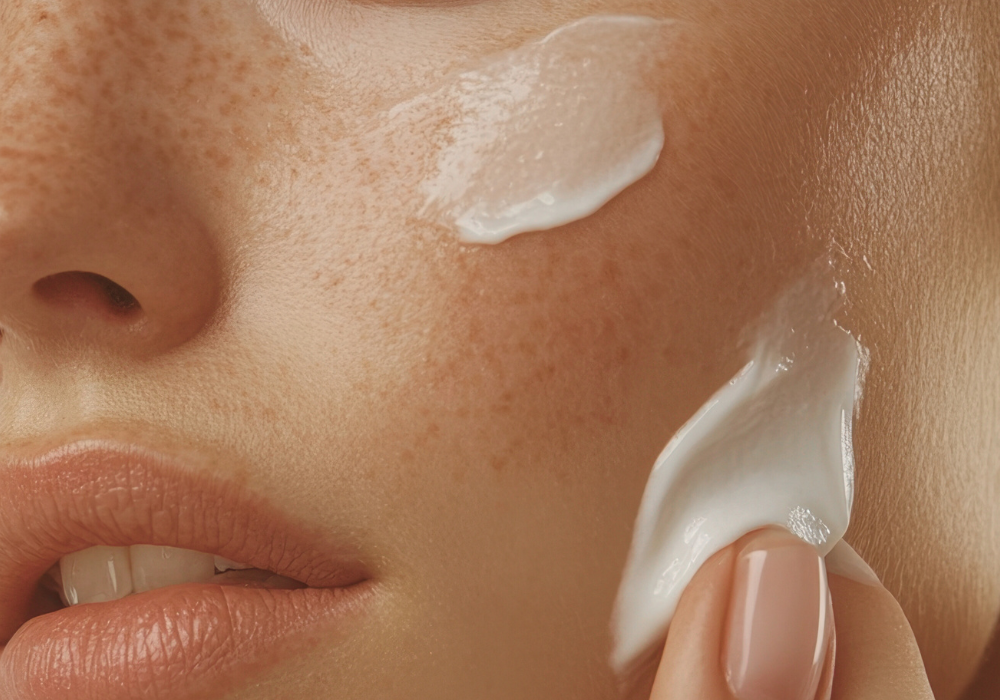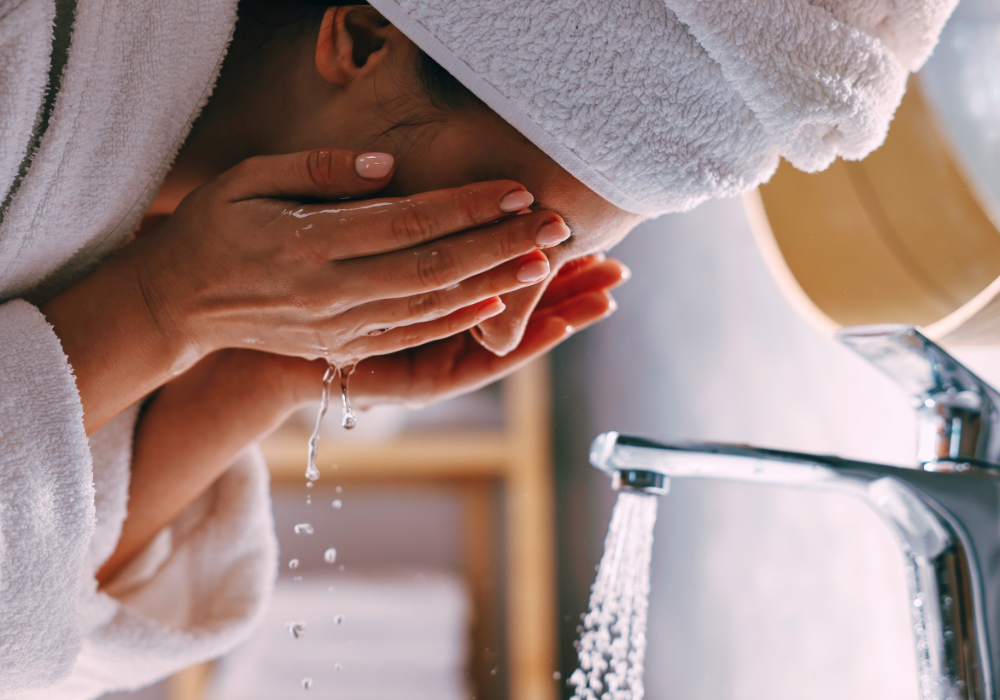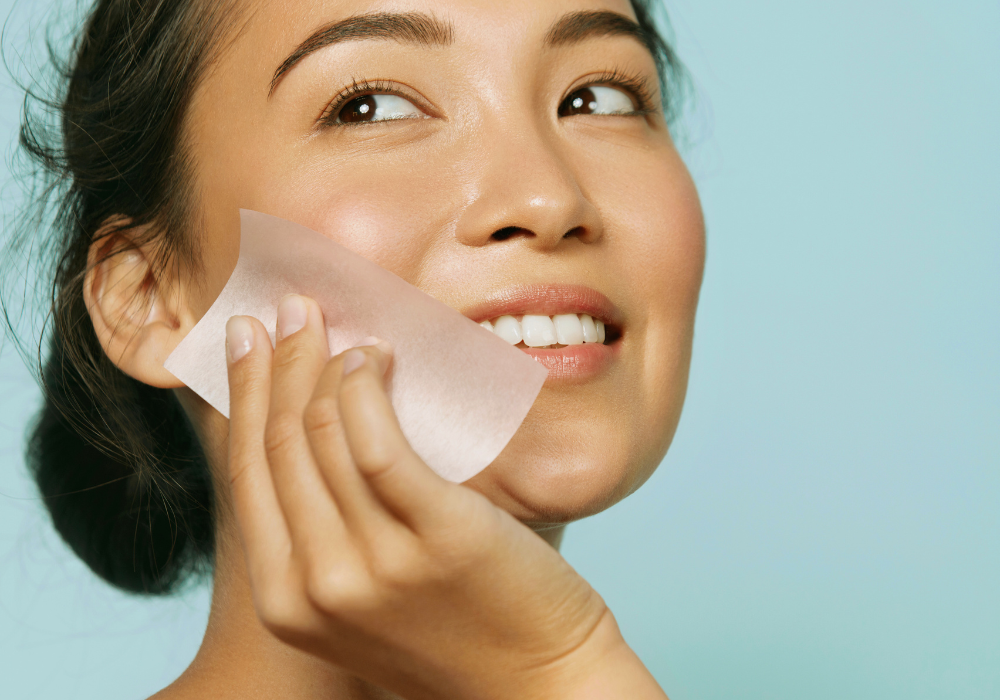Comprehensive data compiled from extensive research on men's skincare market transformation, product efficacy, and evidence-based oil management strategies
Key Takeaways
-
Market expansion signals mainstream acceptance - Men's skincare market grew nearly 60% in total sales over three years, with search interest for men's skincare routines surging dramatically, reflecting fundamental cultural shifts rather than passing trends
-
Product innovation delivers measurable results - Regulatory backing of ingredients like niacinamide and hyaluronic acid drives formulation advancement, with science-backed cleansers combining multiple oil control benefits in single-step applications
-
Market growth creates unprecedented accessibility - The men's skincare market continues expanding with strong projected growth through 2035, ensuring competitive pricing and specialized solutions across all budgets
-
Clean-label minimalism outperforms complex routines - Consumer demand shifts toward streamlined formulations that combine oil control, hydration, and protection in minimal products, proving simpler routines with efficacious ingredients deliver superior results
-
Technology integration personalizes oil management - AI-powered skin analysis and app-connected devices enable men to optimize oil control strategies based on individual skin patterns and documented results rather than generic recommendations
-
Cultural normalization eliminates stigma barriers - Younger generations view skincare as gender-neutral hygiene essential, with social media normalizing routines through male influencers and dermatologists, removing traditional masculinity concerns
-
Ingredient transparency drives consumer trust - Direct-to-consumer brands offering clear disclosure and dermatologist-backed formulas disrupt traditional retail, with men increasingly demanding evidence-based solutions over marketing claims
Men's Skincare Market Transformation
1. Men's skincare sales surged 60% over three years
The men's skincare market experienced nearly 60% growth in total sales over the past three years, demonstrating sustained demand rather than temporary interest. This expansion reflects fundamental shifts in male grooming attitudes, with younger generations normalizing skincare as essential hygiene practice. The market transformation has created competitive pressure driving formula innovation and price accessibility across mass-market and premium segments. Source: OpenPR
2. Search interest for men's skincare routines surged dramatically in recent years
Search interest for "men's skincare routine" has increased dramatically over the past five years, quantifying the digital footprint of changing male grooming priorities. This search expansion indicates men actively seek education about proper skincare practices, creating opportunities for brands offering transparent guidance and evidence-based product recommendations. The search trend correlates with documented increases in men's social media engagement around grooming topics. Source: OpenPR
3. 56% more men purchased skincare products compared to five years ago
Research documents a 56% rise in the number of men purchasing skincare products compared to five years ago, representing millions of new consumers entering the category. This expansion moves men's skincare from niche specialty to mainstream consumer behavior, particularly among men ages 25-45 seeking streamlined routines. The purchasing surge directly correlates with greater product availability through direct-to-consumer channels and retail expansion. Source: OpenPR
4. Men's skincare market projects sustained double-digit growth through 2035
The men's skincare market is projected to experience sustained growth with a compound annual growth rate of 10.5% through 2035, according to industry analysts. This sustained expansion ensures continued competition driving formula improvement, price accessibility, and product specialization for specific skin concerns including oil control. Market size growth creates viability for specialized brands focusing exclusively on men's dermatological needs rather than adapting women's formulations. Source: Future Market Insights
Oil Control Product Market Expansion
5. Global oil control lotion market reaches $5 billion with 7% annual growth
The global oil control lotion market is estimated at $5 billion in 2025 with a 7% compound annual growth rate projected through 2033. This dedicated category expansion reflects recognition that oil management requires specialized formulations distinct from general cleansing products. Technological advancements in formulation are resulting in more effective and gentler oil control solutions catering to sensitive skin without compromising efficacy. Source: Archive Market Research
6. Men's personal care market accelerates from $20.52 billion to $110 billion by 2030
The men's personal care market surged from $20.52 billion in 2024 to $22.01 billion in 2025, with projections reaching $110 billion by 2030. This explosive five-year trajectory demonstrates accelerating rather than plateauing demand, with oil control products representing significant category contributors. Rising disposable incomes in emerging economies, particularly in Tier 2 and Tier 3 cities, drive increased spending on specialized grooming products. Source: OpenPR
7. India emerges as fastest-growing men's skincare market at 13.9% annual growth
India has been identified as the fastest-growing men's skincare market with a projected compound annual growth rate of 13.9% from 2025-2035. This growth outpaces established markets in North America and Europe, reflecting economic development and changing attitudes toward male grooming in populous emerging markets. Geographic expansion creates opportunities for brands with streamlined product portfolios addressing universal oil control needs across diverse climates. Source: Future Market Insights
8. United States maintains largest market share for men's skincare products
The United States represents the largest market share for men's skincare products due to strong grooming culture and high per capita spending on personal care. American consumers demonstrate willingness to invest in premium, science-backed formulations with transparent ingredient disclosure. This market maturity supports specialized brands like Kipi offering multifunctional products that combine exfoliation, oil control, and hydration in single-step applications. Source: Future Market Insights
Science-Backed Ingredient Innovation
9. Regulatory approval validates niacinamide and hyaluronic acid efficacy
Regulatory backing of ingredients like niacinamide and hyaluronic acid drives product innovation and consumer trust in oil control formulations. These approvals reflect clinical validation of efficacy in sebum regulation and acne prevention without compromising skin barrier function. Science-backed ingredients enable formulations that manage oil production while maintaining essential hydration, preventing the compensatory oil overproduction caused by aggressive stripping approaches. Source: Future Market Insights
10. Technological advancements produce gentler oil control formulations for sensitive skin
Technological advancements in formulation result in more effective and gentler oil control lotions catering to sensitive skin. Modern formulations balance active ingredients with barrier-supporting compounds, addressing historical trade-offs between efficacy and irritation potential. Products formulated at skin's natural pH (below 5) with buffered acids maintain microbiome balance while delivering exfoliation benefits. Source: Archive Market Research
11. Clean-label claims influence brand strategies across market segments
Clean-label claims and minimalist skincare routines increasingly influence brand strategies across both mass and premium market segments. Consumer demand shifts from multi-step routines toward streamlined formulations combining multiple benefits without synthetic fragrances, microplastics, or controversial preservatives. This trend reflects mature market understanding that simpler routines with efficacious ingredients outperform complex regimens, particularly appealing to men seeking straightforward skincare solutions. Source: Future Market Insights
Direct-to-Consumer Distribution Revolution
12. Facial cleansers see highest uptake through direct-to-consumer platforms
Facial cleansers, moisturizers, and sunscreens are seeing highest uptake through direct-to-consumer and online-first platforms. This distribution shift democratizes access to premium formulations while reducing cost barriers through elimination of traditional retail markups. Direct-to-consumer brands offer personalized skincare regimens through subscription models, allowing men to receive customized oil control products based on individual skin analysis. Source: Future Market Insights
13. Men's skincare growth outpaces traditional grooming categories
The men's skincare category growth outpaces traditional male-focused categories including men's shaving and haircare. This shift indicates fundamental priority changes where skin health ranks equal to or above conventional grooming concerns. Skincare's superior growth trajectory attracts increased brand investment in formula development, consumer education, and distribution infrastructure. Source: OpenPR
14. Emerging brands target digitally-savvy audiences with subscription models
Emerging direct-to-consumer brands target younger, digitally-savvy audiences through personalized skincare regimens and subscription models. These approaches reduce trial barriers through lower initial costs while building sustained customer relationships through automatic replenishment. Subscription models ensure consistent routine adherence by aligning product delivery with typical consumption periods. Source: Future Market Insights
Technology Integration in Oil Management
15. AI-powered skin analysis reshapes digital purchasing engagement
AI-powered skin analysis and QR-coded packaging transparency are reshaping digital engagement in men's skincare purchasing. Smart devices enable men to diagnose oil production patterns, track skin improvements, and receive real-time product recommendations through artificial intelligence. Technology-enabled skincare moves beyond passive product application toward data-driven, personalized approaches based on documented skin responses and environmental factors. Source: Future Market Insights
Cultural Normalization and Adoption Barriers
16. Stigma around men's skincare rapidly fades among younger generations
The stigma around men using skincare is rapidly fading, with younger generations seeing skincare as gender-neutral and essential for hygiene and self-care. Social media normalizes routines through male skincare influencers, dermatologists, and grooming bloggers demonstrating products and techniques. This cultural shift eliminates traditional masculinity concerns that historically prevented men from investing in skin health maintenance. Source: OpenPR
17. Rising disposable incomes in emerging markets drive oil control spending
Rising disposable incomes in emerging economies, particularly in Tier 2 and Tier 3 cities, drive increased spending on oil control and personal care products. Economic development expands addressable markets beyond metropolitan areas, with men in smaller cities increasingly purchasing specialized grooming products. This geographic expansion creates opportunities for brands with accessible pricing and education-focused marketing addressing first-time skincare adopters. Source: Future Market Insights
Premium vs Mass Market Positioning
18. Premium brands emphasize formulation science and dermatologist backing
Premium brands emphasize dermatologist-backed formulas and luxury positioning to attract urban, high-income consumers seeking advanced formulations. This market segmentation ensures options across price points, though formulation quality increasingly matters more than brand prestige for efficacy outcomes. Direct-to-consumer brands bridge the gap by offering science-backed formulations at accessible price points through elimination of retail markups. Source: Future Market Insights
19. Subscription models offer significant value through recurring discounts
Subscription models provide additional savings for men committed to consistent oil control routines, with brands like Kipi providing 20% discounts on recurring deliveries while maintaining science-backed formulation quality. These models align financial incentives with the sustained commitment required for visible results, making premium formulations more accessible to broader audiences. The subscription approach reduces decision fatigue and ensures product availability. Source: Future Market Insights
Frequently Asked Questions
How long does it take for oil control products to show results?
Most acne treatments take 4-8 weeks to see improvement, with maximum results often appearing after 3 months of consistent use according to dermatologists. The timeline varies by product and active ingredients, but evaluation before 6 weeks produces misleading conclusions as skin requires this adjustment period to establish new sebum production equilibrium and demonstrate visible improvements.
What percentage of men have started using skincare products recently?
Research documents a 56% rise in men purchasing skincare products compared to five years ago, with search interest for men's skincare routines surging dramatically. The men's skincare market grew nearly 60% in total sales over three years, indicating sustained mainstream adoption rather than temporary trend.
Can oil control products work without drying out skin?
Yes—modern formulations balance oil removal with hydration maintenance through ingredients like hyaluronic acid and panthenol. Products formulated at skin's natural pH (below 5) with buffered acids maintain barrier function while controlling sebum. Aggressive oil stripping damages protective barriers and triggers compensatory overproduction, making hydration-supporting formulations more effective long-term.
What ingredients are most effective for controlling facial oil?
Regulatory-approved ingredients including niacinamide, salicylic acid (beta-hydroxy acid), alpha-hydroxy acids, and hyaluronic acid demonstrate clinical efficacy for oil control. These ingredients regulate sebum production, clear pores, and maintain skin barrier function without causing irritation when properly formulated and buffered to appropriate pH levels.
How often should men with oily skin cleanse their face?
Men with oily skin benefit from cleansing twice daily—morning and evening—using gentle formulations that remove excess oil without stripping natural moisture. Overcleansing or using harsh products damages skin barriers and triggers increased oil production, making pH-balanced, hydration-supporting cleansers more effective than aggressive treatments.









